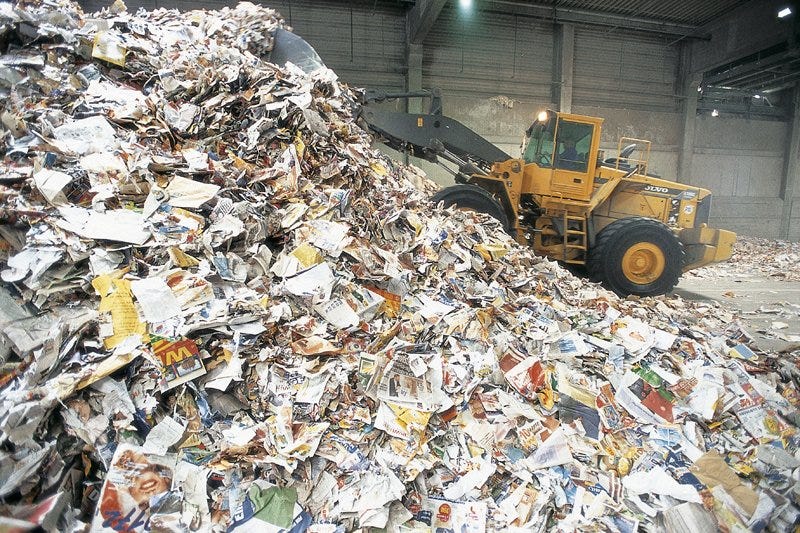The Internet's Meaning Crisis
Parasocial media is a response to excessive irrelevance
In the wake of several recent rounds of bad media news—layoffs and downsizing at Pitchfork, Sports Illustrated, Business Insider, and the LA Times, to name a few of the most prominent—Kyle Chayka tweeted that media now is either “parasocial, utility-first, or dead.”
I’d add polarization/ragebait to the list, but otherwise Chayka’s assessment feels grimly accurate (and apologies that Kneeling Bus doesn’t really check any of those boxes). Parasociality, of course, is a fundamental characteristic of internet content in the late social media age, amplified by the apparent accessibility of the content’s creators. And while it’s tempting to dismiss it as a shallow trick to boost engagement, I’ve come to view it slightly more charitably. Cultivating the parasocial by attaching one’s face or voice to the content itself is a powerful way to make people care more about something—effective marketing if not a source of underlying quality. As AI normalizes the idea of human-free content creation, parasocial media merits appreciation: We gravitate toward work that foregrounds its creator because that person is often the ultimate reason we’re interested in the work, directly or indirectly. (With good art, the creator embeds their personality more seamlessly in the work itself, but for the internet’s flood of user-generated content the bar is a bit lower).
The value of being enticed to care about something you otherwise wouldn’t is obviously questionable, but whether parasocial content is desirable or not, it points to a growing crisis on the internet: So much of what we encounter online just doesn’t matter, and even worse, offers no mechanism for us to start caring about it. The average human living today sees more things they don’t care about in one week than a medieval peasant did in their entire lifetime. This excess of stuff, which no one necessarily requested but which the ceaseless effort of humans and machines feverishly churns out, often in collaboration—as if unable to stop or unsure what else to do—assumes a multitude of formats, but the vast majority of it is digital. As it keeps piling up, in feeds, alerts, inboxes, push notifications, folders, hard drives, and data centers, so grows our ambivalence about what to do with it all—but because storing it is easier than achieving anything like closure, we keep it around rather than purging it, as we would if it cost more to preserve. Today, our culture sags and groans under the weight of this accumulating detritus.



